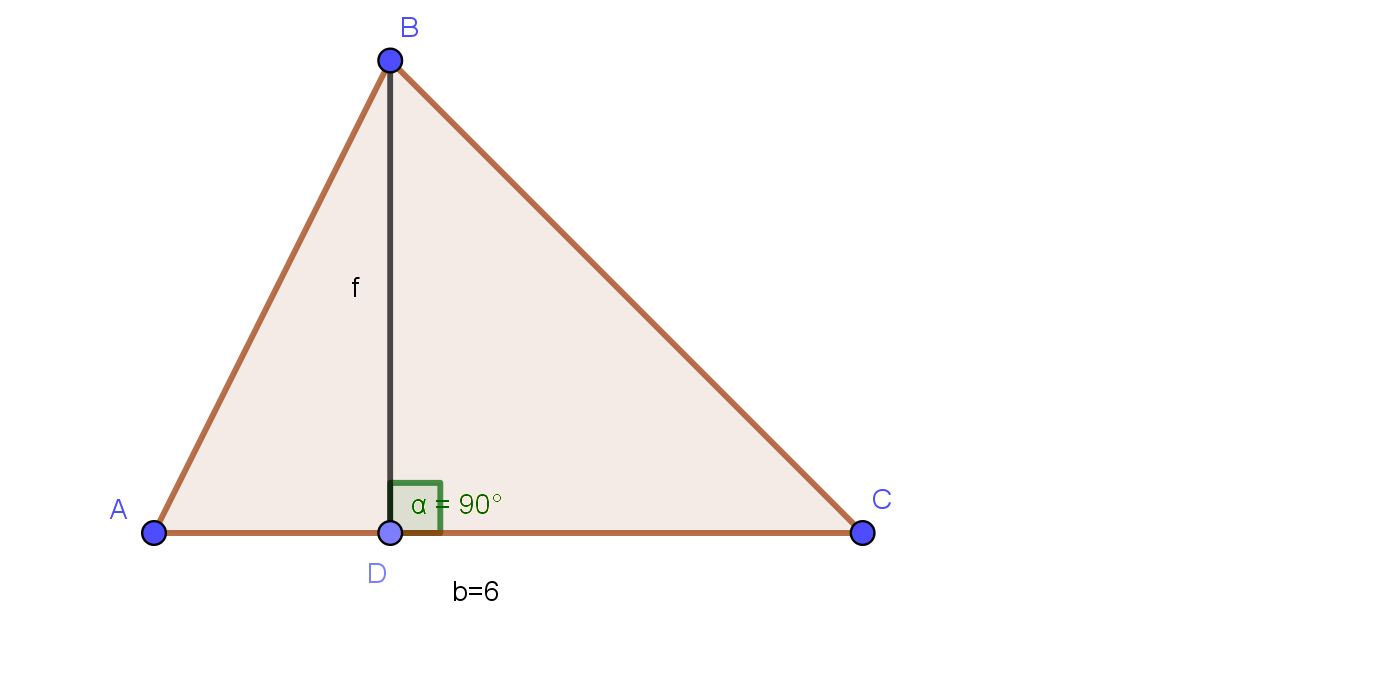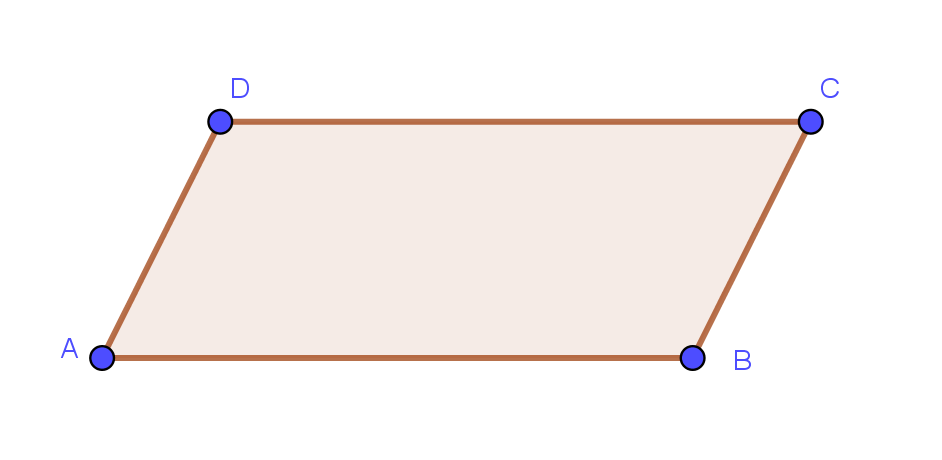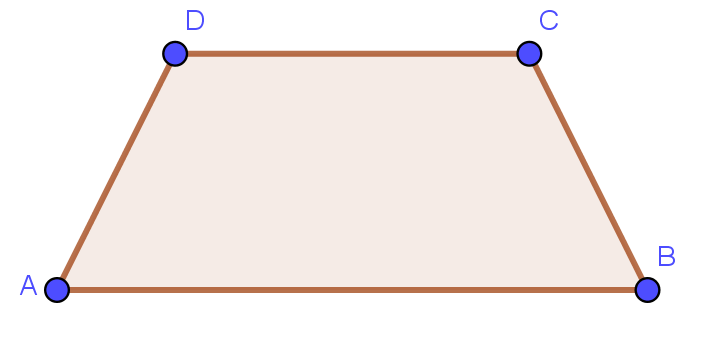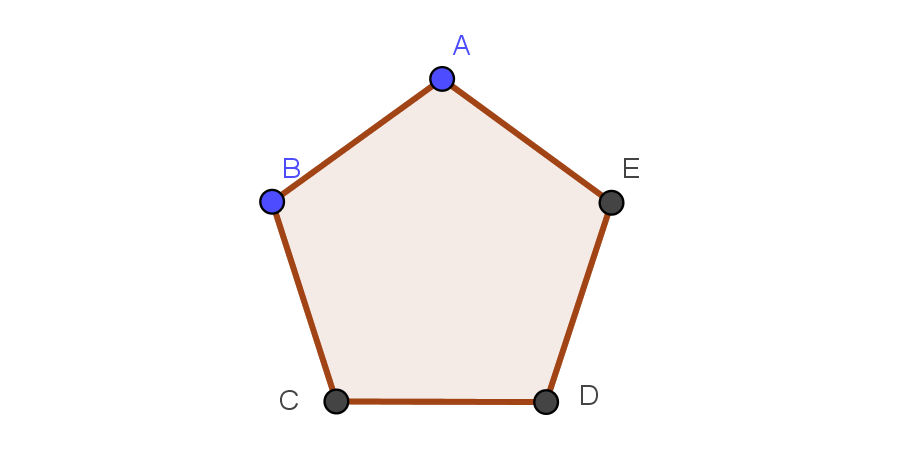This equation would be used to find the area of the following shape:
What is
A=1/2bh
This trigonometric function is equal to the side opposite the angle divided by the hypotenuse
What is sine
The area of a parallelogram with a base of 8 cm and a height of 4 cm is this
What is 32 cm2
This is the equation used to find the area of a sector of a circle
What is
(mhat(AB))/360xxpir^2
This is the ratio of the areas for two similar figures if the ratio of their perimeters is
5/9
What is
25/81
This equation would be used to find the area of the shape pictured below:
What is
This trigonometric function is equivalent to the side opposite the angle divided by the side adjacent to the angle
What is tangent
This is the area of a triangle with a height of 13 in and a base of 4 in
What is 26 in2
This is the length of an arc with measure 110 degrees and radius of 4 cm to the nearest hundredth
What is 15.36 cm2
This type of probability refers to what we think should happen
What is theoretical probability
This equation is used to find the area of the figure pictured below:
What is
A=1/2h(b_1+b_2)
Cosine is equivalent to what ratio
adjacent/hypotenuse
or
(adj)/(hyp)
This is the area of a rhombus with diagonals are 12 and 19 cm
What is 114 cm2
The distance around a circle is referred to as this
What is circumference?
This is the ratio of the perimeters of two similar figures if their areas are 64 and 16
What is
2/1
This equation is used to find the area of a rhombus
What is
A=1/2d_1d_2
This is the area of a regular pentagon with apothem 6 cm
What is 261.56 cm2
This is the area of a trapezoid with bases of 5 in and 13 in and a height of 7 in.
This is the length of the arc with a measure of 60 degrees and a diameter of 12 inches to the nearest hundredth
What is 6.28 in2
The probability of an event occurring can be described as this
number of favorable outcomes over number of possible outcomes
This equation is used to find the area of the shape pictured below:
What is
A=1/2ap
This is the area of a regular octagon with radius 5 in
What is 70.71 in2
The second diagonal of a kite with area 64 cm2 and one diagonal of 8 cm
What is 16 cm
The area of a arc segment, if the measure of the angle is 120 degrees and the radius is 6 m to the nearest tenth is this
What is 22.7 m2
If two figures are similar and have perimeters of 14 and 8, this is the ratio of their areas
What is
49/16
This is a second equation that can be used to find the area of a triangle
What is
A=1/2ab sinC
This is the area of a square with radius 4 m
What is 32 m2
This is the area of a regular hexagon with a radius of 6 in.
What is 93.5 in2
This is the circumference of a circle with radius 3 cm
What is 12.85 cm or
6pi
This is the ratio of the perimeters of two similar figures with perimeters 18 and 26
What is
4/13
This is the equation used to find the area of a regular polygon with 13 sides
What is
A=1/2ap
This is the area of a regular decagon with radius 5 ft
What is 73.5 ft2
This is the area of a triangle with side lengths 6 in and 7 in and an angle of 70 degrees to the nearest tenth
What is 19.7 in2
What is 254.5 in2 or
81pi
Regular Hexagon B has a side length of 4
Assuming the two hexagons are similar, this is the ratio of area A to area B
What is
9/4